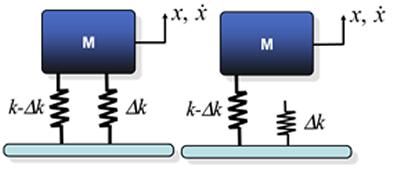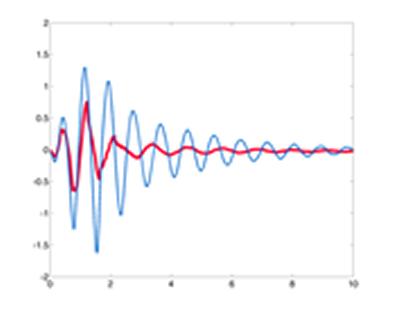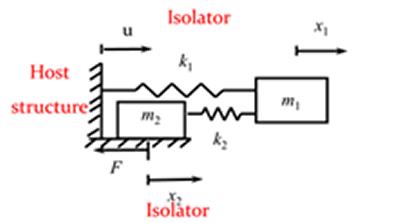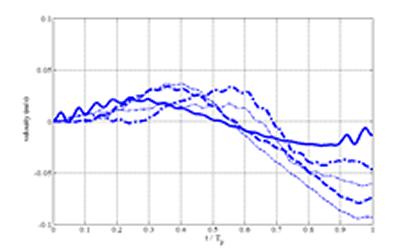Research project: Passive vibration isolation using nonlinear characteristics
Passive vibration control by isolation uncouples a source from a receiving structure. The effect is dependent on the frequency of the source excitation, whether it is a transient input such as a shock, the dynamic characteristics of the source and receiver and also whether there is any damping in the isolation.





